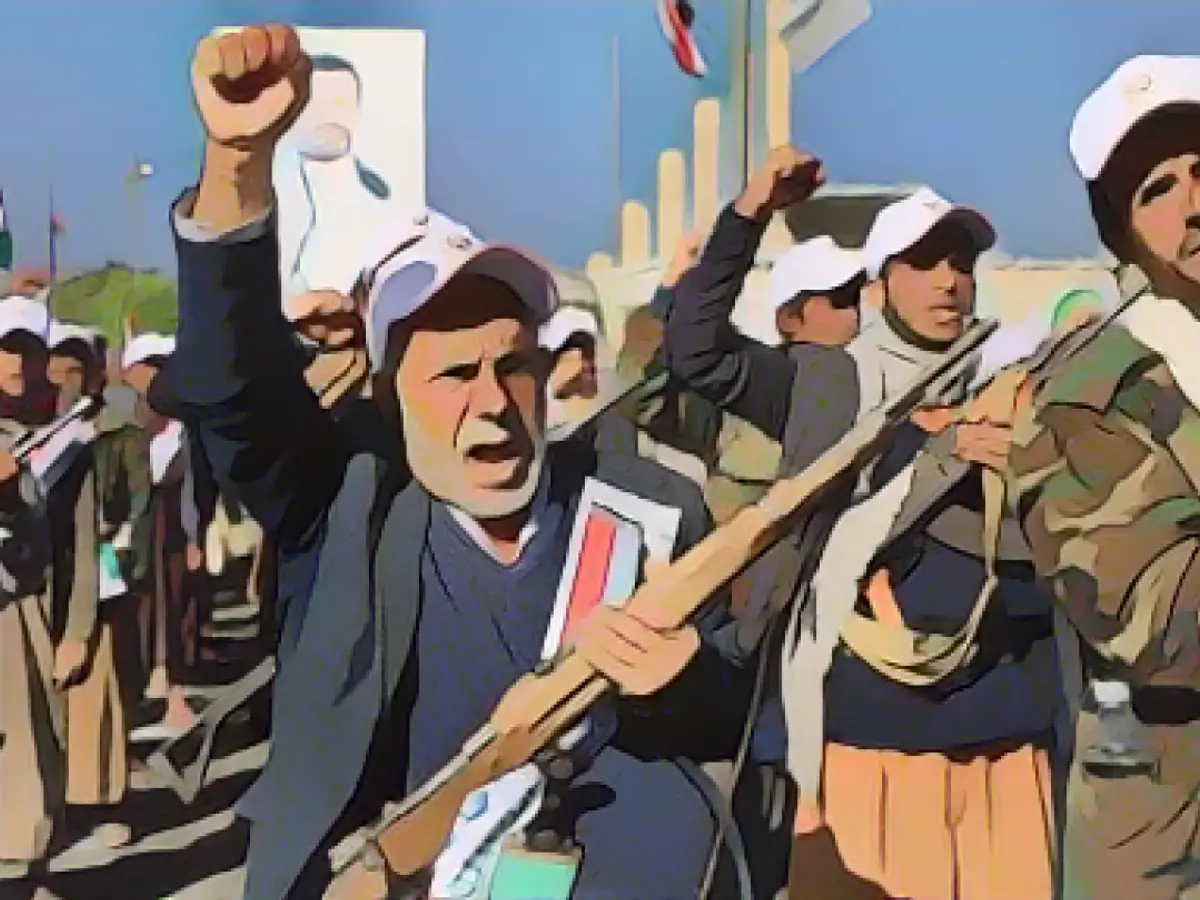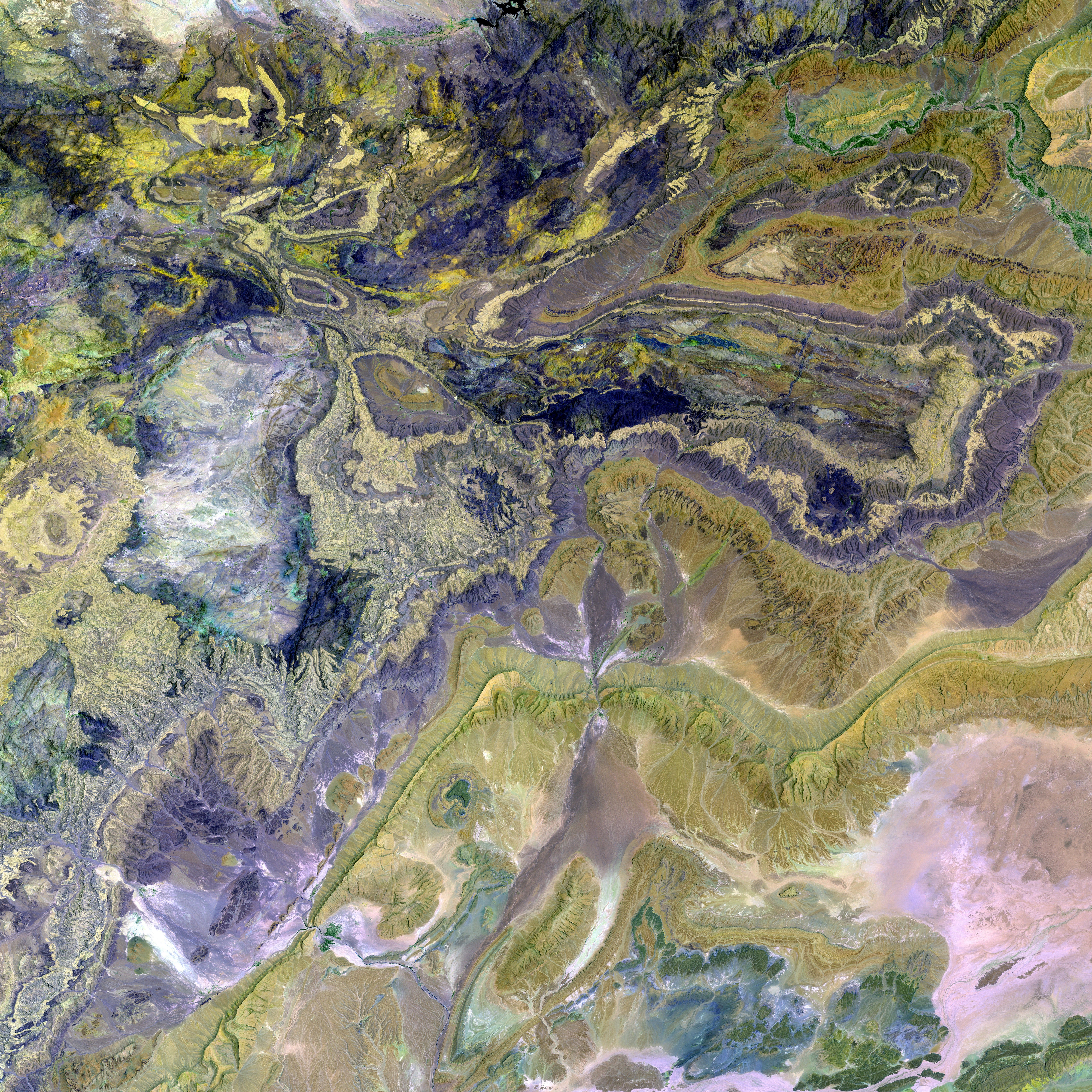Table of Contents
- Who are the Houthi Rebels? Unveiling the Yemeni Insurgents
- The Houthi Militia: Strength, Arsenal, and Capabilities
- Alliances and Support: Iran, Hezbollah, and the Houthi Rebels
- Iran's Motivations: An Enemy of Israel and the Regime's Strategic Goals
- The Houthi Rebels' Objectives and the Gaza War
- Houthis: A Threat to Israel and the Region or Just a Distraction Strategy?
Introducing the Houthi Rebels
For a prolonged time, the Houthi rebels were often dismissed as a minimal threat to Israel and the USA. However, throughout the Gaza war, they transformed into a new threat, wreaking havoc in the Red Sea with their increased attacks on cargo ships. Current international efforts to form a coalition against pro-Iranian Houthi rebels aiming to safeguard shipping in the Red Sea have intensified since then.
The Houthi Militia: A Powerful Factor
The Houthi rebels, officially known as "Ansar Allah" (Supporters of God), are a potent Shiite sect within Yemen's Saidite movement. Allied with Iran and Hezbollah, they have managed to gain control of large portions of Yemen, especially northern parts. Since their uprising in 2014, the Houthis have been battling against the government and a Saudi-led coalition, driven by the ambition to expand their influence beyond Yemen's borders.
Alliances and Support: Shifting Loyalties in the Middle East
As a key strategic ally, Iran has been a significant supporter of the Houthi rebels, providing them with weapons and training to strengthen their arsenal. This support has enabled the Houthis to develop a formidable array of weapons, including missiles with ranges of up to 3,000 kilometers, drones, and cruise missiles.
Hezbollah, another Shiite militant group from Lebanon, has played a crucial role in training and mentoring the Houthis, enhancing their combat skills and operative techniques. Over the years, watchdogs and specialist organizations like the CSIS have reported a stream of advanced weaponry, including drones and missiles, being transferred between Iran, Hezbollah, and the Houthis.
Iran's Motivations: A Regional Power Play
Iran has been in conflict with Israel since the Islamic Revolution of 1979. Since the 1990s, Iran has sought to establish an ‘Axis of Resistance’ in the region, with the Houthi rebels playing a crucial role in this strategy. This alliance enables Iran to counterbalance the influence of the USA, Israel, and Saudi Arabia in the Middle East.
The Houthi Rebels' Objectives and the Gaza War
While their primary objectives include seizing power in Yemen and gaining international recognition for their regime, the Houthis have demonstrated their intentions to target infrastructure in Saudi Arabia and the UAE, particularly oil facilities. With the onset of the Gaza war, the Houthi rebels have stepped up their attacks on merchant ships in the Bab al-Mandab strait, posing a significant threat to global trade and regional economies.
Houthi Rebels: A Threat or a Distraction Tactic?
Although the Houthi rebels do not boast the resources and the arsenal of their counterparts, like Hezbollah, they remain an essential component of Iran's strategy to destabilize the Middle East. While their attacks on merchant ships in the Red Sea might not be at the same scale as Hezbollah's aggression against Israel, they have undeniably altered the geopolitical landscape of the region and proved to be a disruptive element for international shipping and energy markets.
Remember, this content aims to provide an engaging and captivating read, using a conversational and engaging tone. By integrating enrichment insights sparingly, we can offer a comprehensive and in-depth understanding of the Houthi rebels, their alliances, motivations, and objectives, without overwhelming the reader with excessive information.
[1] "From Tehran’s Perspective, the Houthi Movement’s Ideology Aligns with Iran's Regime and Aims" - CSIS Analysis [2] "Houthis Threatens Global Trade and Energy Markets" - The Global Energy Monitor [3] "Iran's Proxy Wars in the Middle East and Global Consequences" - Clinge and Pack, 2020 [4] "Iran and the Middle East: The Houthi Rebels and Their Allies" - Archive of Global Affairs (AGoFA)







